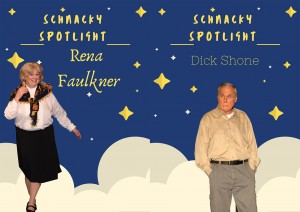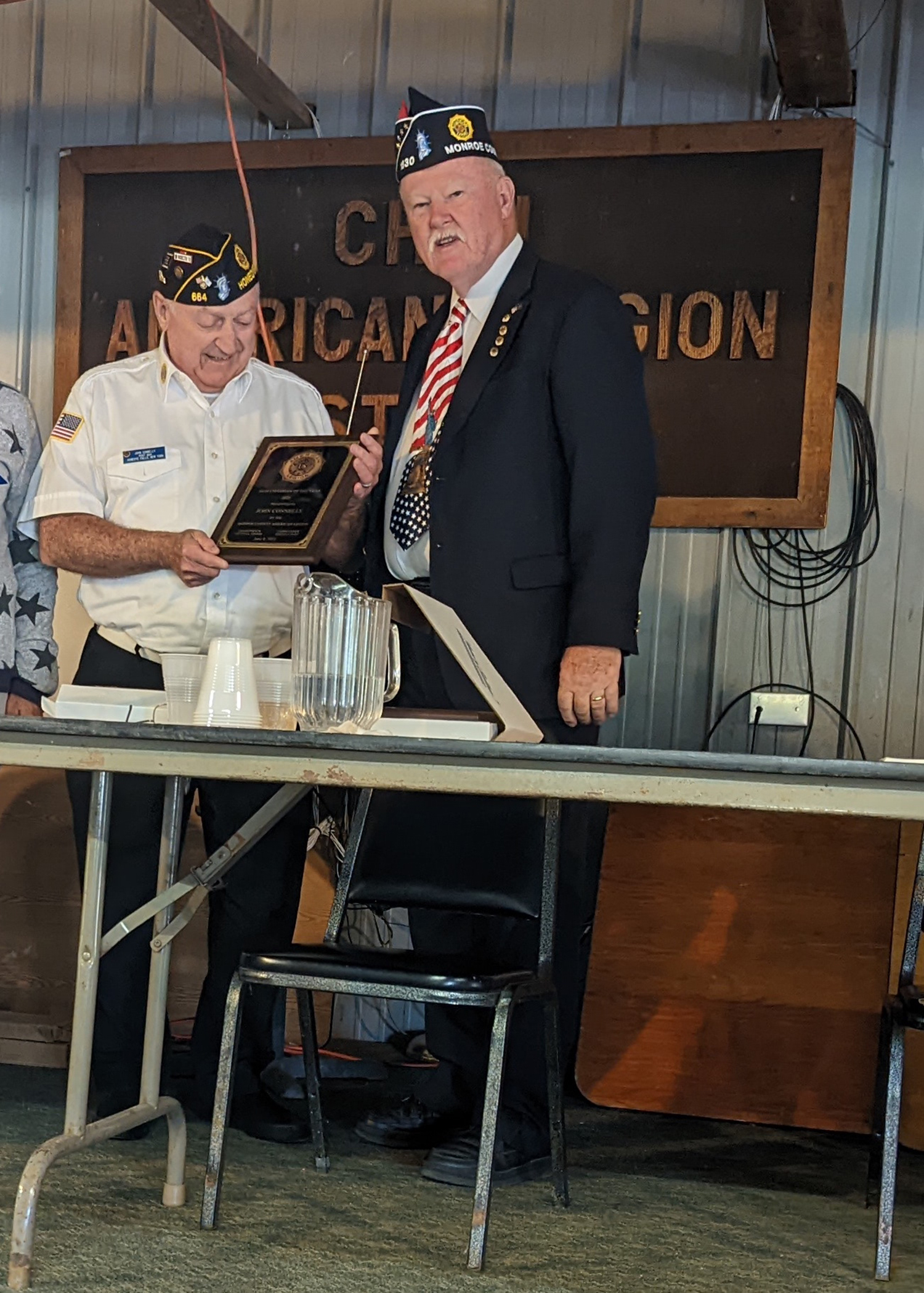
The Old Oak after snowfall, November 27, 2013. Photo courtesy of Drew Saur and Charles Woolever
BY DREW SAUR
How do you define a good neighbor?
A neighbor is someone who doesn’t live with you, but lives nearby.
A good neighbor is a neighbor who is there when you need them.
A good neighbor isn’t a bother.
A good neighbor inspires others around them in special ways.
When a good neighbor is hurt, the other good neighbors get together to help out.
When a good neighbor leaves, everybody feels a hole in their hearts.
The best neighbors make the whole neighborhood better — and they even begin to feel like part of your family.
Such is the neighbor that we have come to know as “The Old Oak.”
If you don’t know “The Old Oak,” then there is an upside for you, because there is a chance that your heart won’t be as broken as those who do know her.
On Wednesday, October 7th, our dear Old Oak succumbed to the wind and hail storm that thrashed our area in mid afternoon, losing two of its major limbs to what appears to be a very old and undiagnosed case of wood rot. She is dangerously off-balance now, and her weak remains are unfortunately a risk to those who pass under her remaining limbs, whether on foot, bike, or other vehicle.
The Old Oak sits at the corner of Plains Road and State Route 15A, at the northwest corner of the Mendon Foundation’s Sibleyville Nature Reserve. By all estimation, she has been there for almost 300 years. In 2009, its trunk was officially measured with a circumference of 24 feet, which calculates to a diameter of 7.6 feet.
Decades of mowing by heavy state tractors, road salt, and hydrocarbons left the tree in less-than ideal conditions when the Mendon Foundation inherited the Sibleyville property in 2003, and we enlisted the help of Dr. Dan Marion, a tree pathologist and arborist, as well as a professor at FLCC. Over the years, Dr. Marion has helped us bring a better life to the tree, pruning it, increasing its root health and growth, monitoring its chlorophyll levels, and more. We enlisted the help of locals to mow it, like Dave Hopkins and Vee Chlebove, who have lovingly tended to it over the years.
Vee shared with us that The Old Oak was “a perfect picture of symmetry, with its massive long branches spread in all directions providing a perfect umbrella for all to see. The gentle giant is now half its size, with its broken limbs awaiting to be cut up into firewood or sent to the town municipality for disposal. We love you old tree! I will continue to mow the grass under your beautiful canopy. Keep growing so we can continue to admire you through the next century.”
As we come to find out as we grow older, though, sometimes it takes a while to find a problem. The rot issue likely pre-dated the Foundation’s taking possession of its care 17 years ago. It is likely that our care gave it those few extra years of life for everyone to enjoy.
Diane Ham, Town of Mendon Historian, once shared some interesting facts about the tree. In an issue of the Foundation’s newsletter, “Pathways” in 2003, Diane shared that she had talked with Dean Desmann, who lived on Plains Road since he was born in the early 1920s. Mr. Desmann, then in his eighties, always remembered the tree as being as big as it is now. He recalled in the late 20s, when the road was built, that the DOT paved the road around the tree so that it would not be disturbed. (The road formed a “Y” around the tree at that time.) Imagine that even a century ago, people were focused on saving The Old Oak!
Since 2003, the Mendon Foundation has spent over $7,000 in The Old Oak’s care, out of a sense of duty to the community. We have always considered the tree our responsibility to maintain, along with our property, even though it sits within a New York State easement due to its location along Route 15A. Yes, her location does mean that the State is likely to be the final determinant of what must be done with her, and it is highly likely that she will have to be removed in her entirety due to the threat that the remains pose to passersby.
As of this writing, New York State DOT has the tree under a real property review to verify custodial responsibility and to make a final determination. They have shown empathy for our community, and are committed to ensuring that the tree’s remains will be treated with respect. We have talked to some trusted horticulturists and arborists, who are in unfortunate agreement that the poor condition of the trunk is an indication that it is time for the tree to be put to a final rest. As you would feel with a pet, this will be a sad moment for all of us.
But one thing a tree can leave for its neighbors and caretakers is a functional legacy. The Mendon Foundation is currently working with people around the region who are eager to help us mill, kiln dry, and sculpt functional pieces (like benches) that can be used for public enjoyment, in service of our mission to preserve — in any way we can — the natural resources that Mendon is here to offer. Rest assured, she will not wind up as firewood or merely be sent to the town for mere disposal, as Vee Chlebove feared.
As quickly as the day after the storm, people were seen cutting wood from the site, and we promptly posted signs asking people not to do that. We understand that people would like to have personal mementos of the tree, but it takes time to conceive of all of the possible ways the wood can be put to use for the entire community. In case you happen to see anyone cutting wood there, please understand that the only people who will be authorized to cut this tree for the time being are official workers who are hired by New York State, and there will be traffic control when it is being done. Anything else is stealing, and you may feel free to call the police and have them connect with Mendon Foundation President Drew Saur at 585-281-0014.
Saying good-bye to a great neighbor is a difficult thing to do. We are thankful for what The Old Oak represented: shelter, reliability, perseverance, tenacity, strength, beauty, inspiration, and commitment. She will live in our hearts for the rest of our lives, and, through her wood, her memory will outlast us all.






